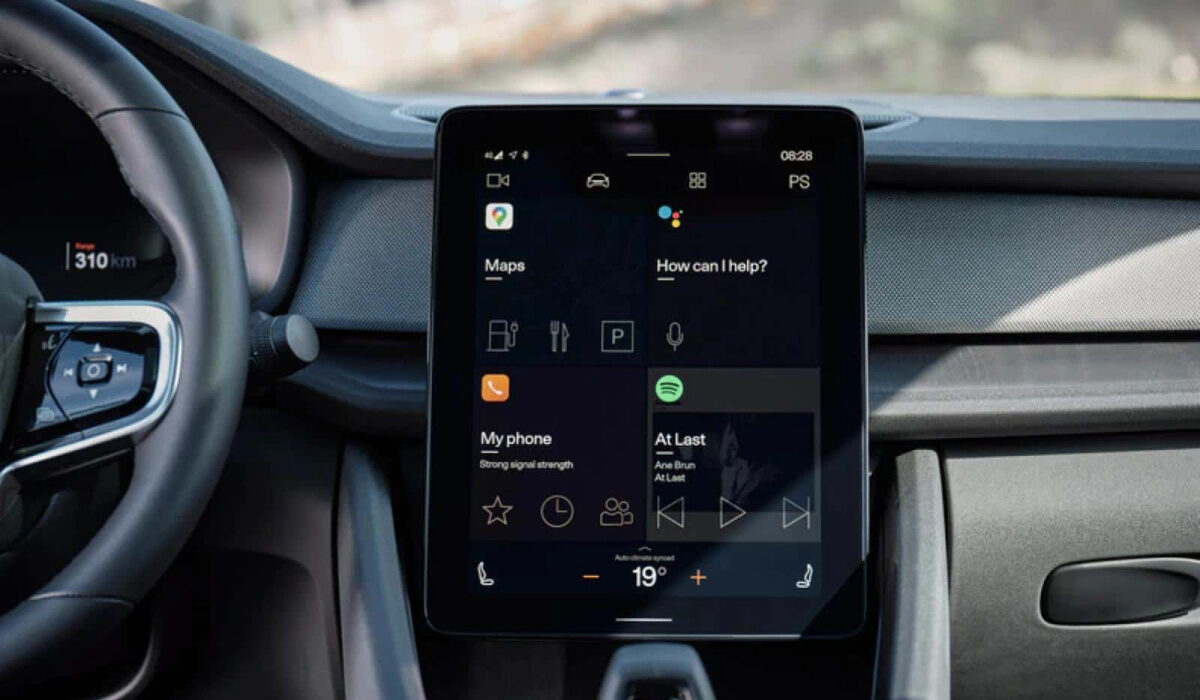You may have heard of Android Auto and now also Android Automotive, and you probably wondered if they are the same thing. They are not. The latter is an improvement on the former.
It isn’t only Apple that has its smartphone data connectivity system connecting with the multimedia system. Google also wants us to be able to use our favourite apps and multimedia while on the road. What are the differences between Android Auto and Android Automotive? Let us explain.

Table of Contents
Android Auto – the basics
Android Auto is an application created by Google in order to manage and stream the image from your personal device (smartphone) running on Android system to the screen located on the console of your car, connected to the multimedia system. As a result, it is possible to benefit from the solutions that were previously used on our smartphones, such as: satellite navigation, playing multimedia files, sending SMS and making phone calls, searching for information on the Internet or communicating with a personal assistant.
Android Auto is a solution available wired (via USB cable) or wirelessly, using Bluetooth technology. Obviously, in order to use it you need to find out whether your car offers support for this system. What’s interesting, you can switch between the Android Auto interface and the built-in interface of your car’s on-board computer at any time. If you own an Audi without Android Auto support, you can use additional Android Auto modules which will enable you to use this system without replacing your car radio with an aftermarket device.
Android Automotive – the basics
Android Automotive (also known as Android Automotive OS or AAOS) is an operating system developed by Google and Intel. It was developed to be used for dashboards (multimedia screens) used in modern cars. Automotive companies such as Audi and Volvo took part in creating this platform. It is worth mentioning that Android Automotive is not only focused on providing us with travel-related information and multimedia playback. Car manufacturers who decide to use the software may allow us to control air conditioning or other vehicle functions with it.
Android Auto vs Android Automotive: To sum up
Unlike Android Auto, Android Automotive is a complete operating system that runs in the vehicle’s computer. It does not require a smartphone to operate. All you need is your Google account to access all your most important content and applications.
Android Automotive is an open source operating system and any automaker can use it without Google Automotive Services (GAS), which is a collection of apps and services from Mountain View company (Google Maps, Google Play, Google Assistant, etc.).
At the moment, Android Automotive with Google apps can be found running in cars from corporations such as Volvo, Ford and GM. Stellantis, on the other hand, does not yet have a license for GAS and uses, among others, Alexa voice assistant from Amazon and TomTom’s navigation app.
One other advantage of Automative is that it can be customised by each car maker to fit their needs and to look and function exactly as they want it to. That customisability is a huge advantage.
Android Automotive seems to be a more beneficial solution, but it will still be some time before the software will be available in all new car models.
Which car brands are adopting Android Automotive?
Car brands that are switching to Automotive for use in their cars include Volvo, Polestar, BMW, Honda, GM, and Stellantis.